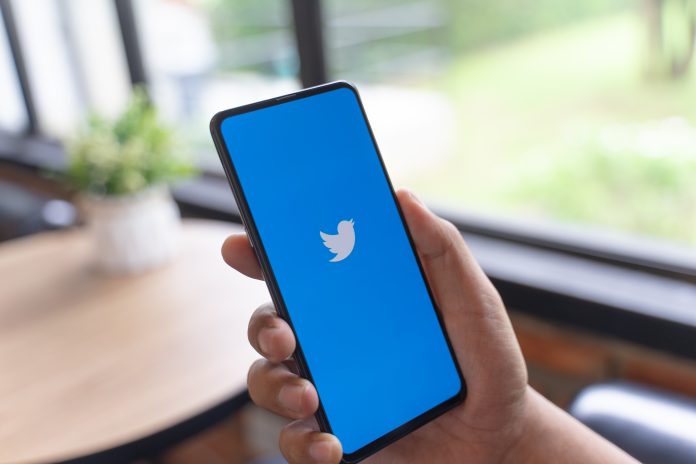Researchers are looking into Twitter whistleblowers who raised concerns about suspicious ‘pneumonia’ cases, one month before the Chinese Government announced the existence of COVID-19
Dr Li Wenliang was the whistle-blower who raised early awareness of COVID-19 in Wuhan. While authorities reported mysterious pneumonia cases in December 2019, he found a different story.
In a report, he saw that the virus was some kind of SARS. In seeing a disparity in the truth, Li circulated the document to his friends. This report leaked from his closed circle, drawing the attention of Wuhan police – who then enacted punitive measures against him for “false comments”.
He died on 7 February, 2020, by contracting COVID-19 from a patient. Five more doctors at that hospital would be dead by June.
What about other COVID whistleblowers, in different places?
A team at IMT School for Advanced Studies Lucca, published in Scientific Reports has identified concerns about pneumonia cases in seven countries, across Twitter from the end of 2019 to the beginning of 2020.
In other words, the immediate pre-COVID period – in which, almost all States of the world were unaware of the looming tragedy.
This striking analysis shows that the “whistleblowing” came exactly from where primary outbreaks then developed.
Examining the word “pneumonia” to find these discussions
The authors first created a unique database with all the messages posted on Twitter containing the keyword “pneumonia” in the seven most spoken languages of the European Union – English, German, French, Italian, Spanish, Polish, and Dutch – from December 2014 until 1 March 2020. The word “pneumonia” was chosen because the disease is the most severe condition induced by the SARS-CoV-2, and also because the 2020 flu season was milder than the previous ones so there was no reason to think flu could be responsible for all the discussion.
The researchers then made a number of adjustments and corrections to the posts in the database to avoid overestimating the number of tweets mentioning pneumonia between December 2019 and January 2020, that is to say in the weeks between the World Health Organization (WHO) gave official recognition of COVID-19 as a serious transmissible disease, on 21 January 2020.
Potentially hidden infection hotspots identified, before they happened
The analysis of the authors shows an increase in tweets mentioning the keyword “pneumonia” in most of the European countries included in the study as early as January 2020, such as to indicate an ongoing concern and public interest in pneumonia cases.
In Italy, for example, the increase rate in mentions of pneumonia during the first few weeks of 2020 differs substantially from the rate observed in the same weeks in 2019.
Basically what this means is that potentially hidden infection hotspots were identified several weeks before the announcement of the first local source of a COVID-19 infection. France followed a similar pattern, whereas Spain, Poland, and the UK witnessed a delay of 2 weeks.
This research team then geo-localised over 13,000 pneumonia-related tweets in this same period.
What they discovered is the same thing – again, these posts came exactly from the regions where the first cases of infections were later reported, such as the Lombardia region in Italy, Madrid, Spain, and Île de France.
Public health authorities should monitor social media discussions
The team say that this situation left many national governments “blind” to the scale of the emergency. Today, over two million people are dead. The virus, despite facing vaccination in some regions, is not slowing down yet.
One full year later, experts are compiling an understanding of how to face such a pandemic, and monitoring what people are discussing on social media (in relation to public health, and only public posts) could be a game-changer for decision-makers.
Massimo Riccaboni, full professor of Economics at the IMT School, and research co-ordinator, commented: “Our study adds on to the existing evidence that social media can be a useful tool of epidemiological surveillance. They can help intercept the first signs of a new disease, before it proliferates undetected, and also track its spread.”











